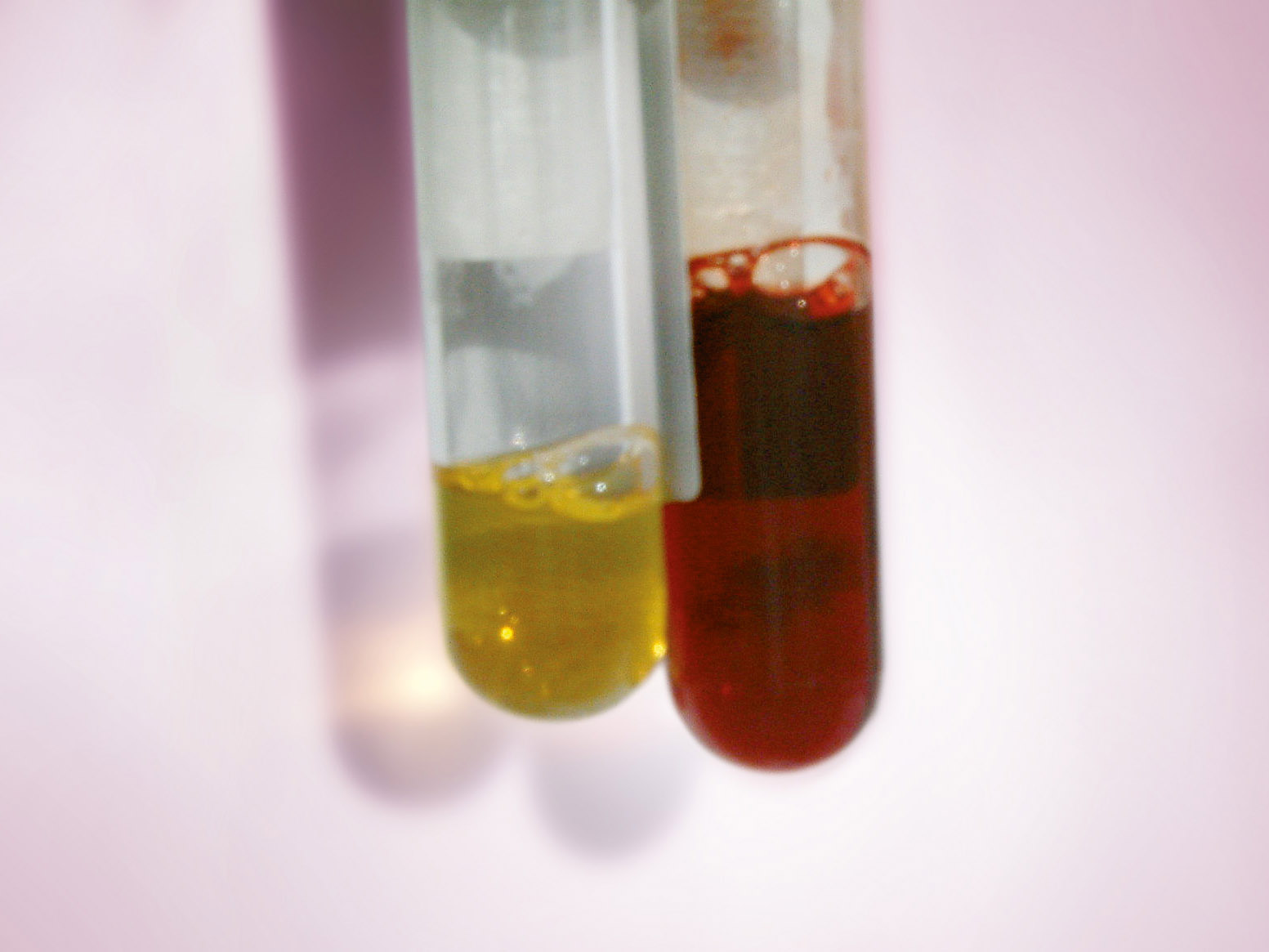Scientific Image Gallery

It is often difficult to distinguish blast cells of myelocytic, monocytic, or megakaryocytic lineages from lymphoblasts. Additional techniques, such as immunophenotyping by flow cytometry, are necessary to determine cell origin.
Cell description:
Size: Variable in sizes usually between 10 and 20 µm
Nucleus: round or slightly indented with condensed and cloddy chromatin, nucleoli sometimes visible
Cytoplasm: scant to moderate, blue, agranular, occasionally few vacuoles might be visible
<p>It is often difficult to distinguish blast cells of myelocytic, monocytic, or megakaryocytic lineages from lymphoblasts. Additional techniques, such as immunophenotyping by flow cytometry, are necessary to determine cell origin. </p> <p>Cell description: </p> <p>Size: Variable in sizes usually between 10 and 20 µm </p> <p>Nucleus: round or slightly indented with condensed and cloddy chromatin, nucleoli sometimes visible </p> <p>Cytoplasm: scant to moderate, blue, agranular, occasionally few vacuoles might be visible</p>

Peripheral blood (May-Grünwald-Giemsa stain) of a 6-year old boy with bone pain and diarrhoea. In addition to numerous lymphocytes (L) also blast cells (B) are present. The platelet count is reduced. Bone marrow examination revealed an acute lymphoblastic leukaemia (childhood ALL, C-ALL).
<p>Peripheral blood (May-Grünwald-Giemsa stain) of a 6-year old boy with bone pain and diarrhoea. In addition to numerous lymphocytes (L) also blast cells (B) are present. The platelet count is reduced. Bone marrow examination revealed an acute lymphoblastic leukaemia (childhood ALL, C-ALL). </p>

In the peripheral blood of a 71-year old patient only pancytopenia was observed, but no blast cells. In the bone marrow cytology shown here (May-Grünwald-Giemsa stain) 43% blasts were detected leading to the diagnosis of acute leukaemia. The peroxidase and esterase stain demonstrated an FAB AML M2. The further classification according to WHO is mandatory and was obtained by cytogenetic and molecular techniques.
<p>In the peripheral blood of a 71-year old patient only pancytopenia was observed, but no blast cells. In the bone marrow cytology shown here (May-Grünwald-Giemsa stain) 43% blasts were detected leading to the diagnosis of acute leukaemia. The peroxidase and esterase stain demonstrated an FAB AML M2. The further classification according to WHO is mandatory and was obtained by cytogenetic and molecular techniques.</p>

Contamination of the blood film by saliva, caused by calling out the sample number. Red blood cells on the blood film were pushed to the edge of the drop and lysed (red ring).
<p>Contamination of the blood film by saliva, caused by calling out the sample number. Red blood cells on the blood film were pushed to the edge of the drop and lysed (red ring).</p>

The automated blood count of this 55-year old man with PV showed a normal haemoglobin concentration of 15.7 g/dL. Red blood cells were markedly increased to 8.2 million/µL, but appeared very small, as is shown in the peripheral blood film (May-Grünwald-Giemsa stain). The MCV was only 60 fL, the haematocrit was 61%. White blood cells (22,300/µL) and platelets (612,000/µL) were also elevated.
<p>The automated blood count of this 55-year old man with PV showed a normal haemoglobin concentration of 15.7 g/dL. Red blood cells were markedly increased to 8.2 million/µL, but appeared very small, as is shown in the peripheral blood film (May-Grünwald-Giemsa stain). The MCV was only 60 fL, the haematocrit was 61%. White blood cells (22,300/µL) and platelets (612,000/µL) were also elevated.</p>

Blood film with a blue cast as a staining artefact (staining process too long or pH value too high). (In the centre, a monocyte can be seen.)
<p>Blood film with a blue cast as a staining artefact (staining process too long or pH value too high). (In the centre, a monocyte can be seen.)</p>

Serum of a patient at the time of hospitalisation (left) and 12 hours later (right): The serum is coloured red-brown due to intravascular haemolysis.
<p>Serum of a patient at the time of hospitalisation (left) and 12 hours later (right): The serum is coloured red-brown due to intravascular haemolysis.</p>

